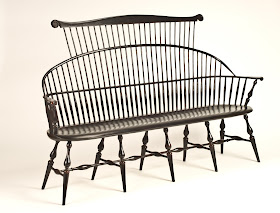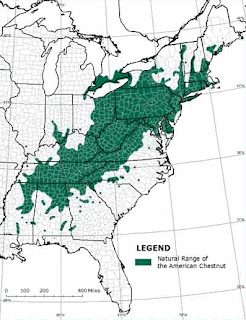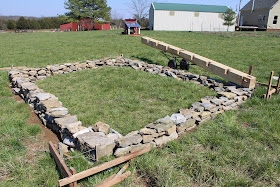I love this chair. More than that I love the process of making this chair. I never stop seeking new opportunities to learn new processes to fine tune this craft. What attracts me to this field is not the final product but the process. This spring I will be assisting Peter Galbert in a class at Kelly Mehler's school called "Horsing Around with Tools". This will be a fantastic opportunity to learn new skills to tune tools, make tools, make a shave horse, forge your own tools, and many other things that Peter will teach you. I can't believe that there are spaces available for this class and I highly recommend you sign up. This class will change your life and the way you look at tools and chair making. There are just a few spaces left so don't miss out. Check out Kelly's web site and Peter's web site

This weekend I'll be at the TACA craft fair in Nashville. The show is at Centennial Park outside (hopefully not in the rain). Please come by and say hi. It's a great show with about 45,000 folks coming through. I'll have the new 6' settee to show among other chairs. There will be about 180 of Tennessee's finest artist to see. Don't miss it. I'll be there Friday, Saturday, and Sunday.

































